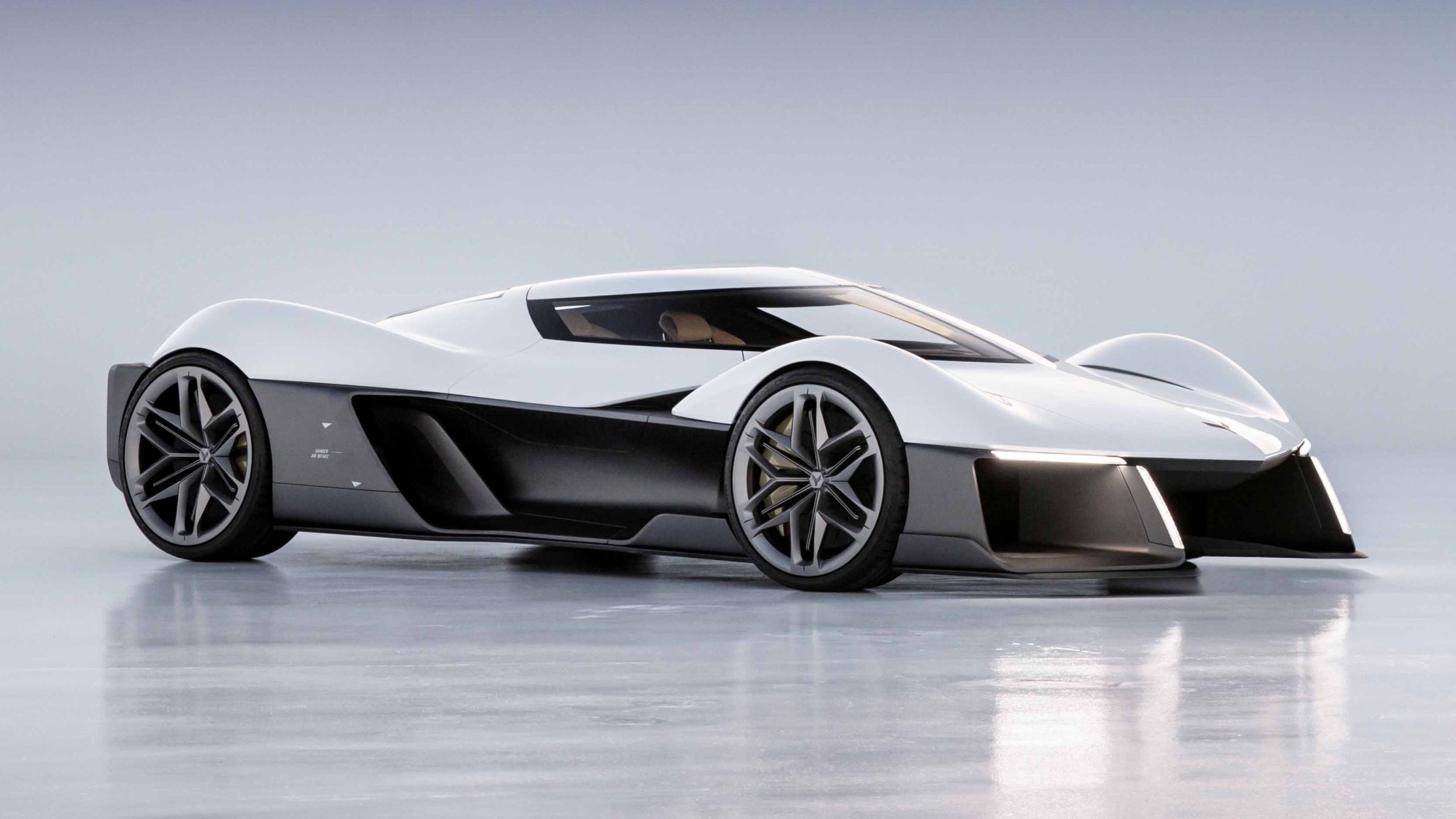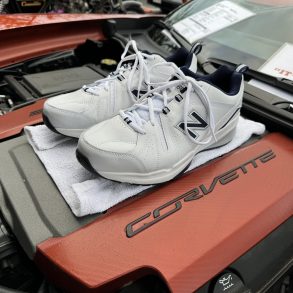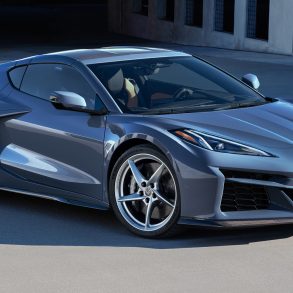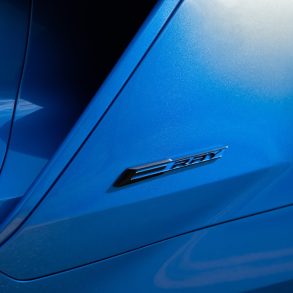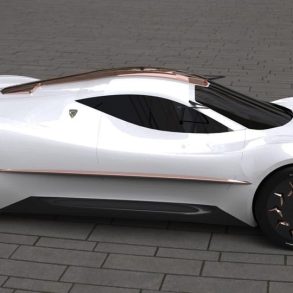The idea of an all-electric Corvette has been floating around for several years. While green-minded buyers and future-focused car enthusiasts have been eager for a battery-powered Vette, it seems America’s sports car just isn’t ready to go fully electric yet.
GM President Mark Reuss recently put the rumors to rest: a fully electric Chevrolet Corvette isn’t in the plans. While General Motors has been open about the possibility and even revealed concept versions of an EV ‘Vette in the past, Reuss made it clear during his appearance on the InsideEVs Plugged-In Podcast that the company is being realistic about its priorities.
Still, the GM folks haven’t really delved into the underlying reasons why the Corvette isn’t quite there yet. They’ve contrasted the delay with a sense of optimistic inevitability, saying that “the Corvette will go electric someday,” but that getting it right matters more than getting there first. GM is in a unique position to define what an American electric supercar feels like, but only if it can overcome key hurdles currently keeping the EV ‘Vette off the street.
Performance, Weight, and the “Corvette Feel”
One of the unique traits that has accompanied the Corvette throughout its history is its driving character: an ideal balance between brawn, engine sound, chassis feel, and cost-value prop. Transitioning to an all-electric powertrain would inevitably challenge those dimensions dramatically.
Electric vehicles are typically heavier because of their battery packs and structural reinforcements. We’re talking cooling systems and packaging trade-offs needed for high performance. For a sports car like the C8 Corvette, which offers excellent handling paired with mid-engine balance and immediate driver feedback, that extra mass is a real concern. In other words, if the EV Corvette becomes heavier and more insulated, the feel that Corvette fans love could be lost.
Chevrolet’s cautious approach echoes this reality. In the same interview, Roma emphasized that electrification must improve the Corvette rather than simply being a technology makeover. One example of this philosophy is the Corvette E-Ray. Chevrolet mated the 6.2-liter V8 with an electric front axle, delivering a 655-horsepower and AWD formula that retains much of the Corvette’s character.
This take on the Corvette is a reflection of Chevrolet’s approach toward electrification. They see hybridization as a stepping-stone that would allow the brand to experiment with electric torque and e-AWD without abandoning internal combustion entirely. Therefore, for a full EV Corvette to succeed, there are three non-negotiables:
- A battery‐motor system with high energy density and low weight, so that chassis dynamics are preserved.
- Packaging that retains favorable weight distribution and driver engagement;
- Powertrain calibration that gives instant torque and performance gains, not just zero-emissions credentials.
If Chevrolet can maintain those, then the “Corvette feel” survives the transition. If not, the risk is that the electric version becomes just another quick EV rather than a true Corvette.
The Cost and the Customer
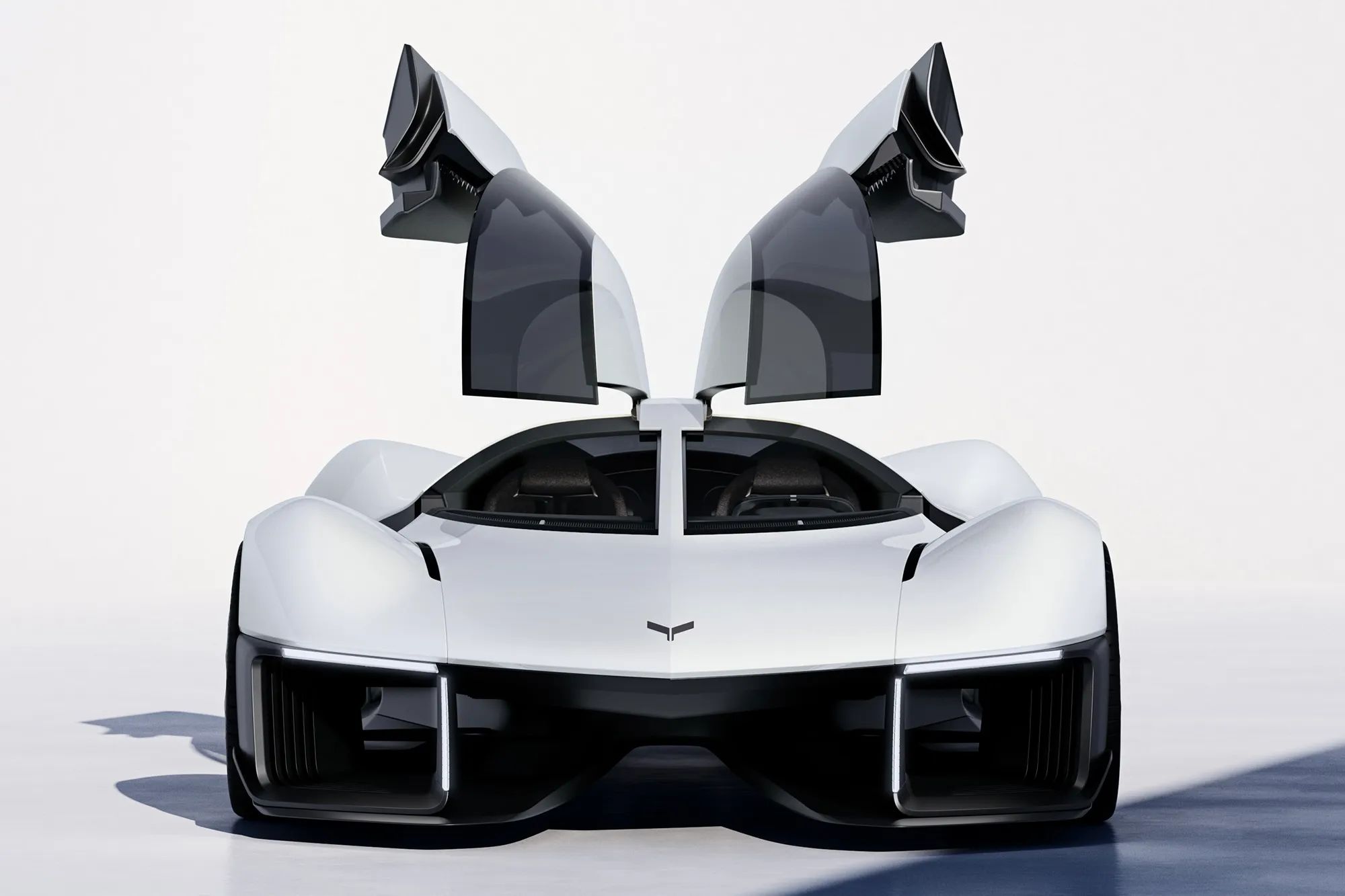
For many sports car enthusiasts, performance alone doesn’t cut it unless it comes at a value proposition that aligns with what buyers expect of the badge. In the case of the Corvette, its loyal community appreciates that, particularly the C8 generation, delivers supercar performance within reach. But if we throw EV components into the mix, such as large battery packs, high-output motors, and fast-charging architectures and the cost burdens rise quickly. Here’s a more detailed breakdown:
Pricing pressure
If an electric Corvette comes with a steep premium, it risks alienating the current buyer base, who expect “bang for the buck.”
Customer expectation
The core Corvette buyer values engine sound, mechanical connection, and the visceral feel of a V8. Swapping all that out for silence and heavy battery packs may change the emotional contract.
New audience potential
On the other hand, there is an opportunity: younger buyers and EV-first customers are increasingly drawn to high-performance electrics. But they expect more than just torque. That includes software, seamless connectivity, brand relevance, and perhaps a redefined driving experience.
Chevrolet must bridge both sides. In other words, satisfying the traditional enthusiast while also appealing to the next generation. That means keeping the value equation intact, managing cost escalation, and ensuring the performance gains delivered by EV tech justify the switch. The payoff is there, but only if the pricing and customer perception align.
Strategy, Legacy, and the Road Ahead
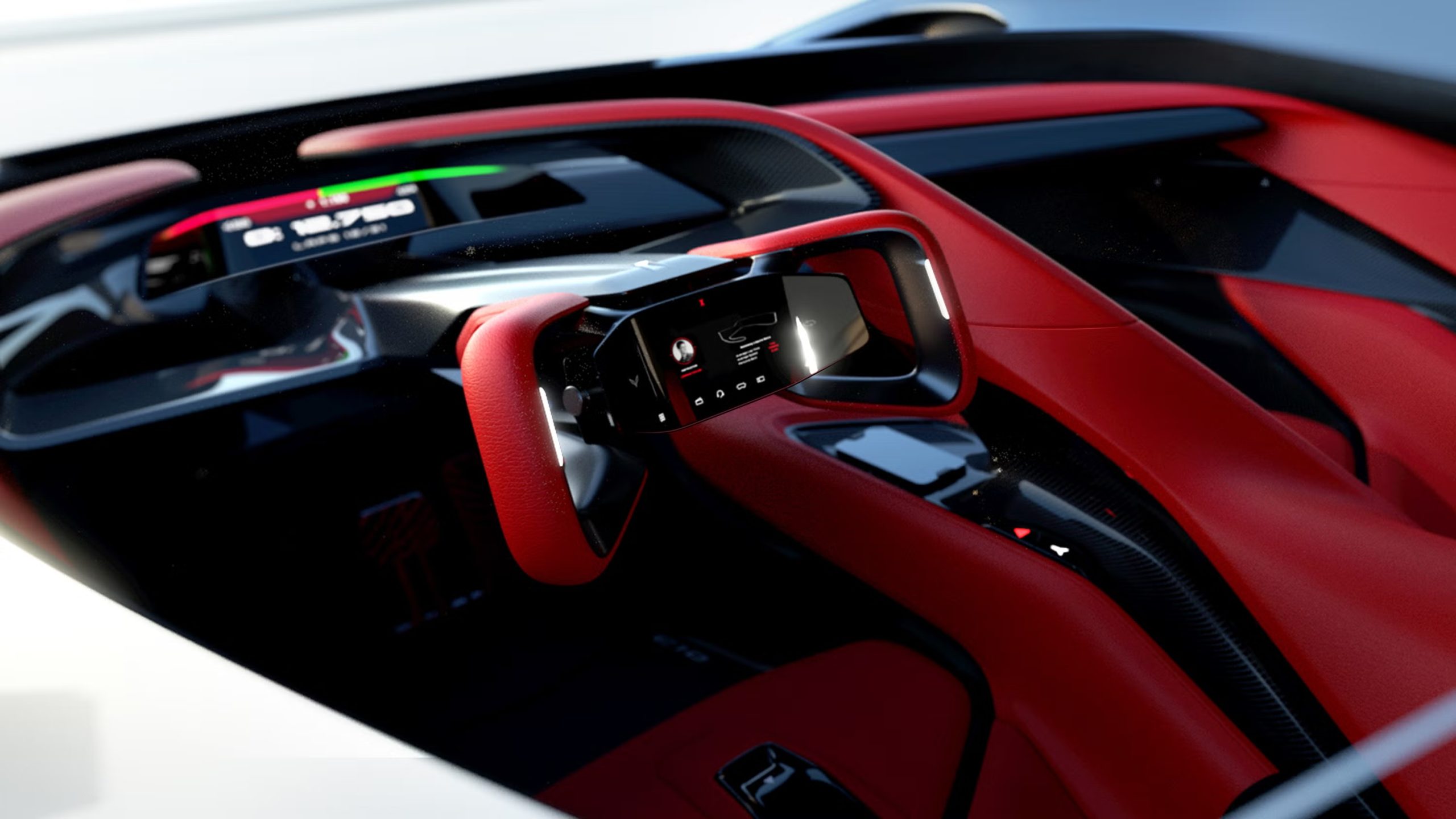
If performance and cost are the “what,” then strategy and legacy are the “how” and “why.” Chevrolet now faces the challenge of protecting the Corvette’s heritage while steering it toward an electric future. That’s not an easy balance, and it’s why the company isn’t rushing to pull the plug on the V8 just yet.
Their current plan shows patience. By introducing the hybrid Corvette E-Ray, Chevrolet is learning what works and what doesn’t when it comes to electric assistance in a performance car. The E-Ray’s electric front axle and all-wheel drive system have given engineers valuable experience with battery packaging, torque delivery, and cooling, all while keeping the classic punch of a small-block V8. It’s a smart testing ground rather than just a novelty.
Chevrolet’s goal is to ensure that when the Corvette goes fully electric, it feels like a natural evolution instead of a forced shift. The company knows that longtime fans expect emotion, feedback, and a certain mechanical intimacy from the Corvette. Replacing the sound and feel of a V8 with quiet instant torque will take more than good specs to win them over.
On the other hand, a younger generation of drivers has grown up around Teslas, Taycans, and Rimacs. They already see electricity as the future of performance. So if Chevrolet gets this transition right, the first EV Corvette could bridge generations, keeping the old guard happy while bringing in a new wave of enthusiasts who see the Corvette name as a statement of performance in any form.
Chevrolet’s approach might seem extremely cautious, but it’s really strategic. The company is taking its time to ensure that the first fully electric Corvette lives up to the legacy of the badge.
Beyond the Trend
Chevrolet has everything going for it to build a fully electric Corvette when the time is right. While some might think the company is taking too long to release a fully electric Vette, the truth is that many automakers that rushed to promise all-electric lineups by 2030 have been backpedaling on their EV goals in the past year.
In that context, it looks like time is proving GM right for not giving in to industry pressure to electrify everything at once. For the American automaker, turning off the tailpipe is just as important as preserving the Corvette’s legacy and finding a way to bring it into the future without losing what makes it special.


